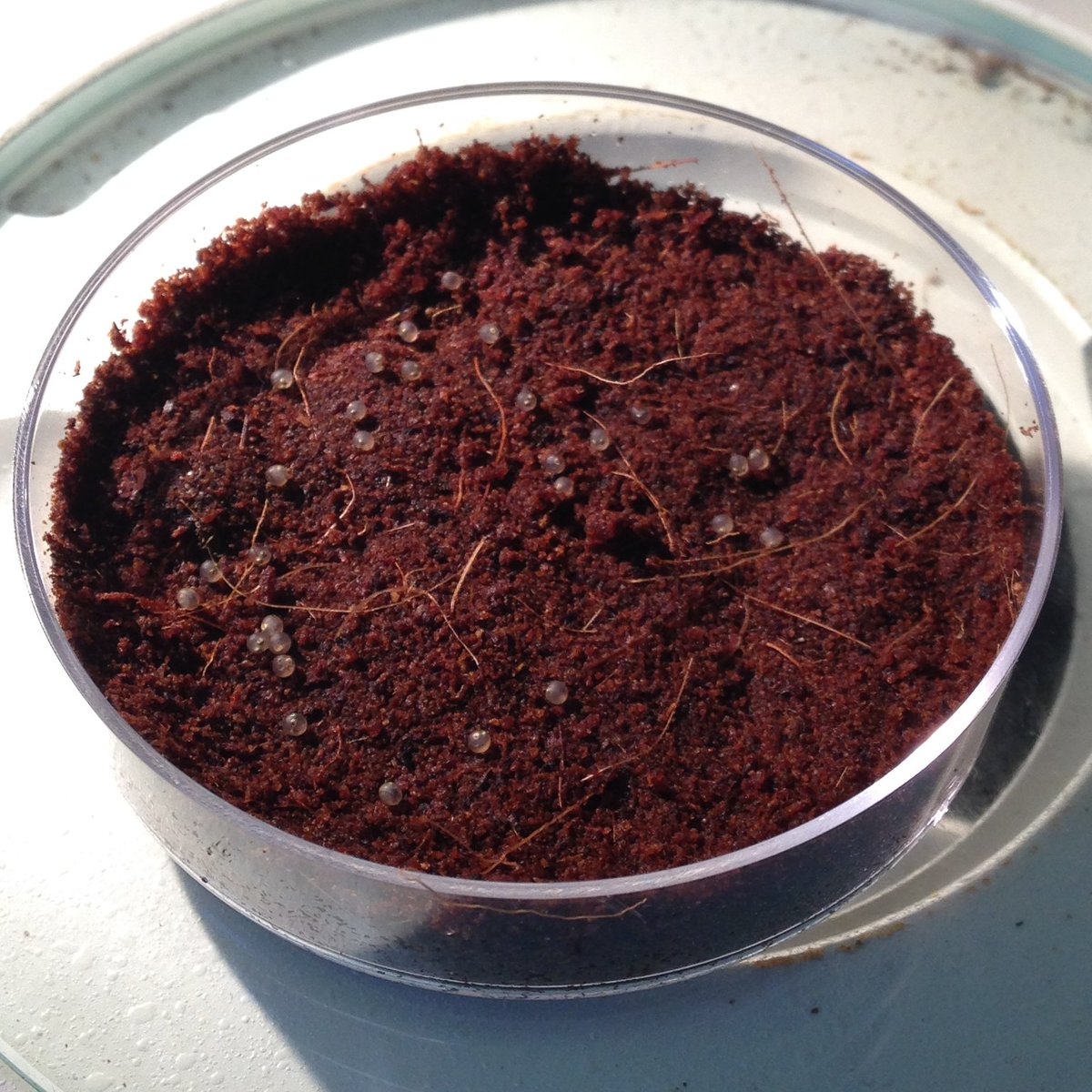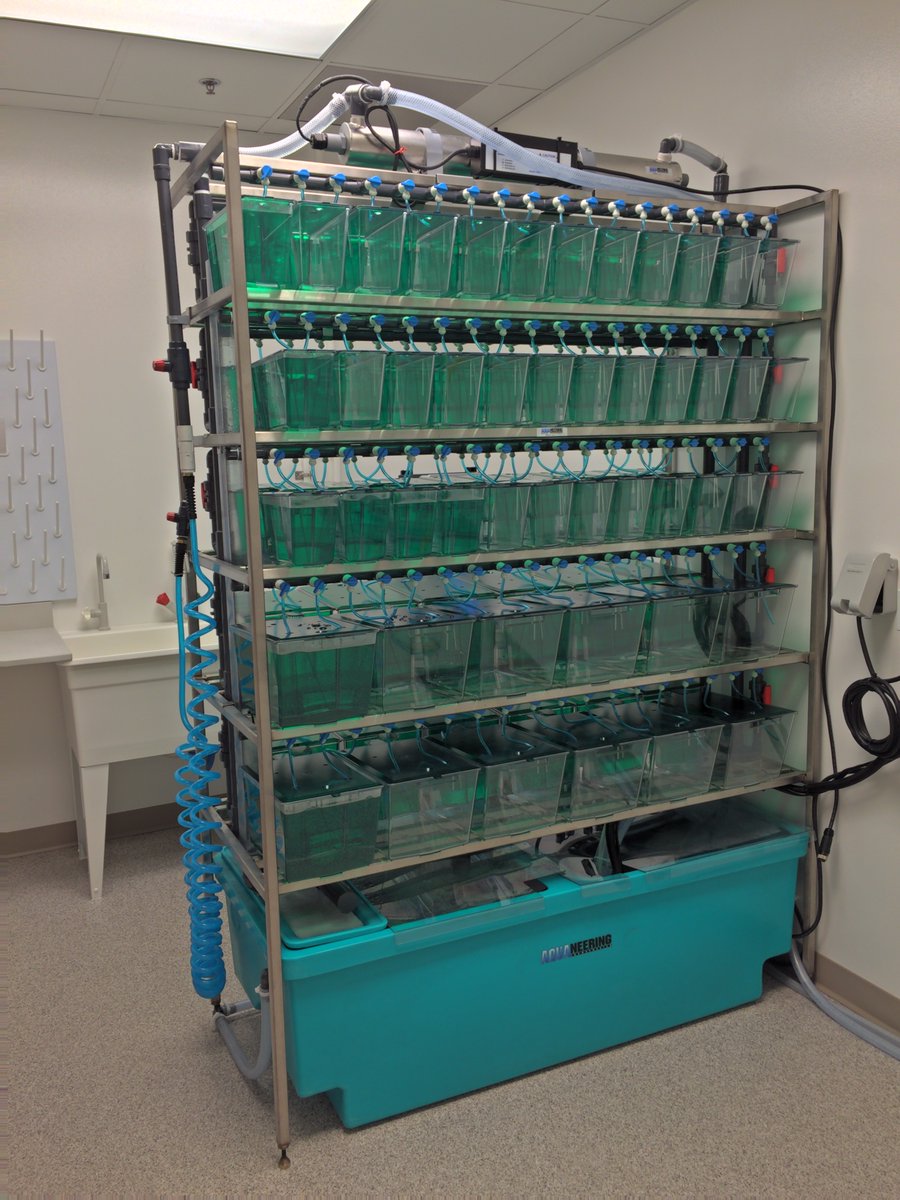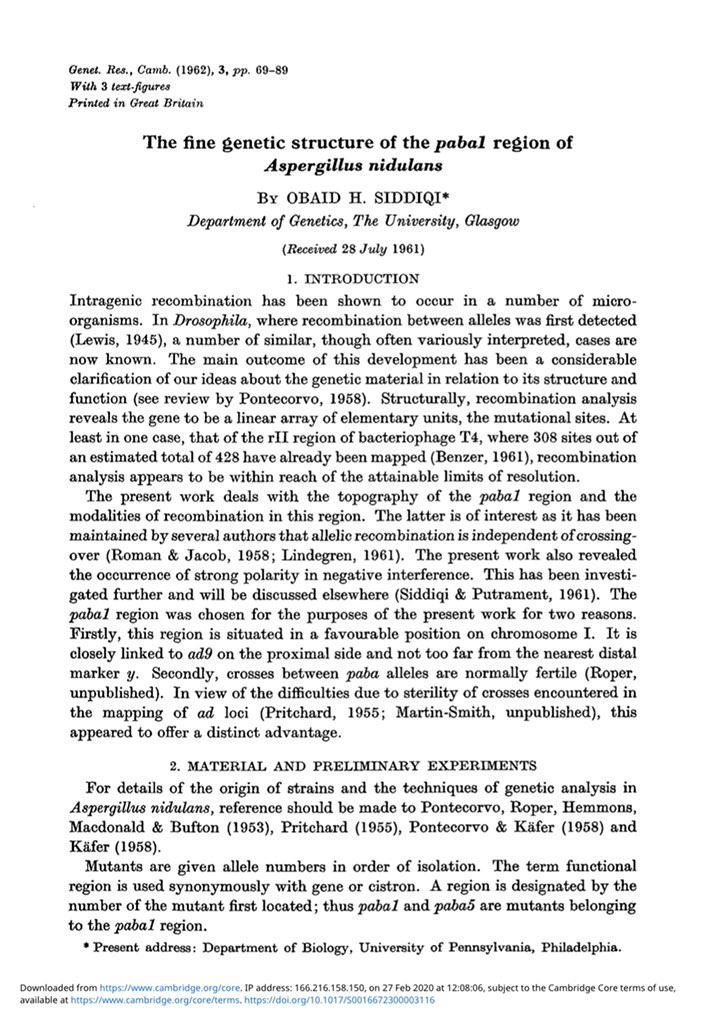science.sciencemag.org/content/369/65…
The story began sometime in 2008 with an idea after hearing Anne Brunet @BrunetLab give a talk at my old institution @UUtah
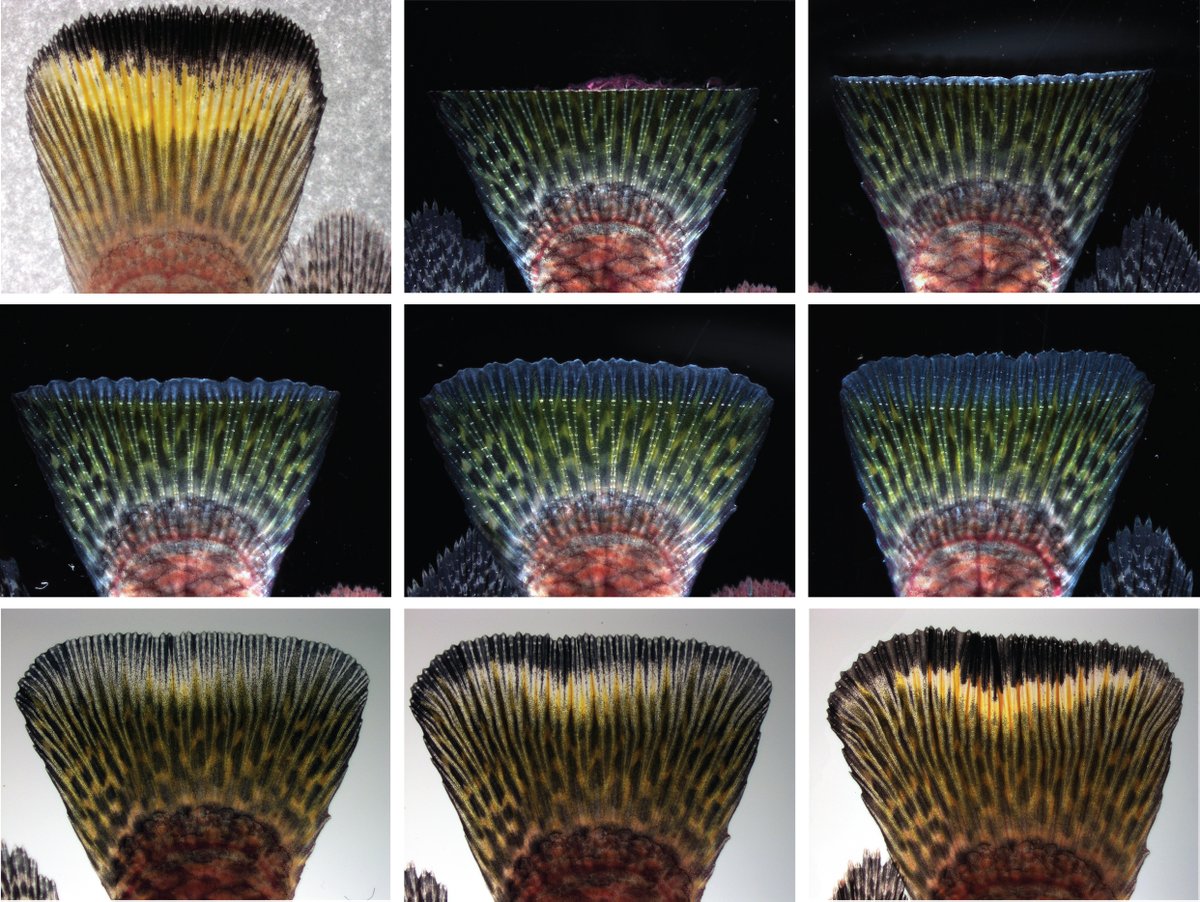
At the time, Wei was working with drosophila.
And yes, Embryology won the softball game against the Physiology course @MBLPhysin that year, in case you were wondering...

In September, I visited and learned a lot from another past embryology student Chi-Kuo Hu @ChiKuoHimself other @BrunetLab members
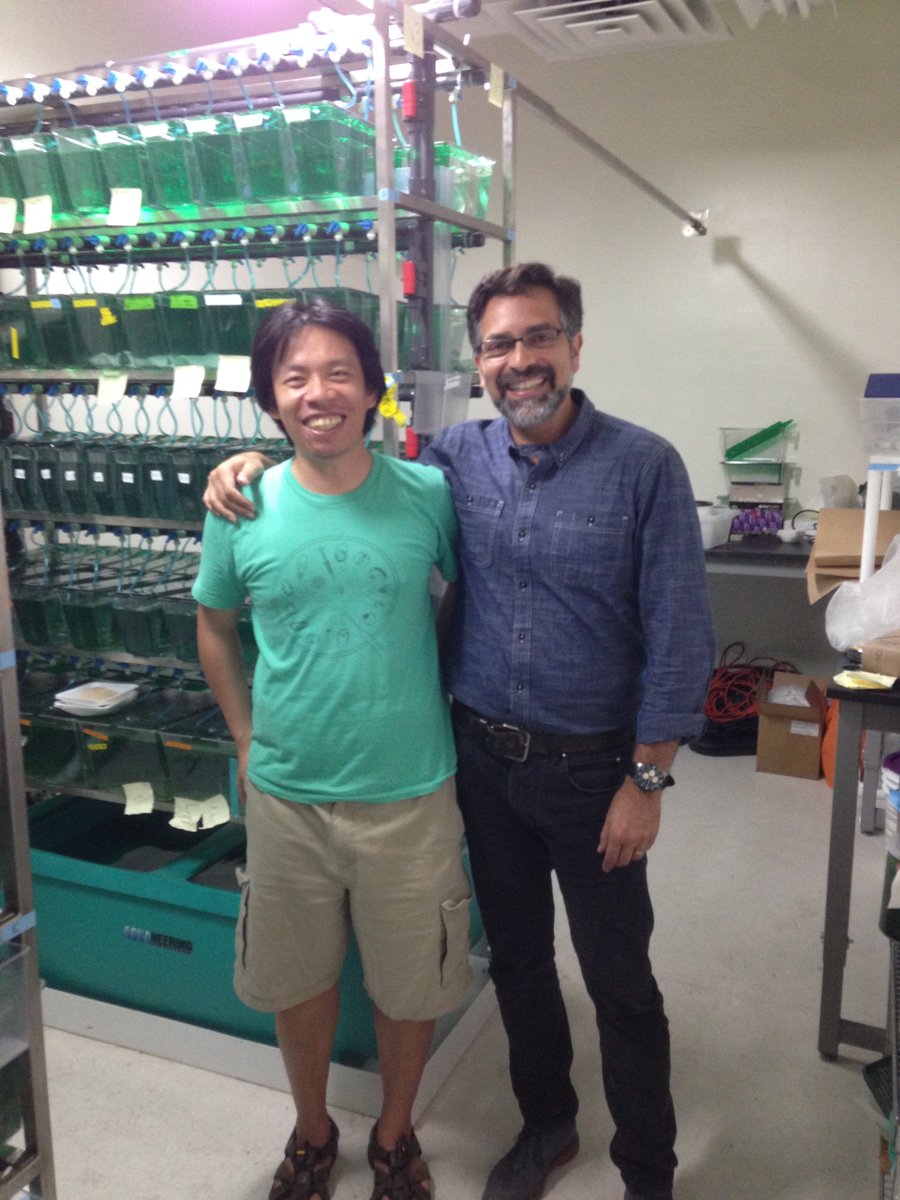
These embryos were grown first in the lab I keep adjacent to my office & later seeded the completed facility.

